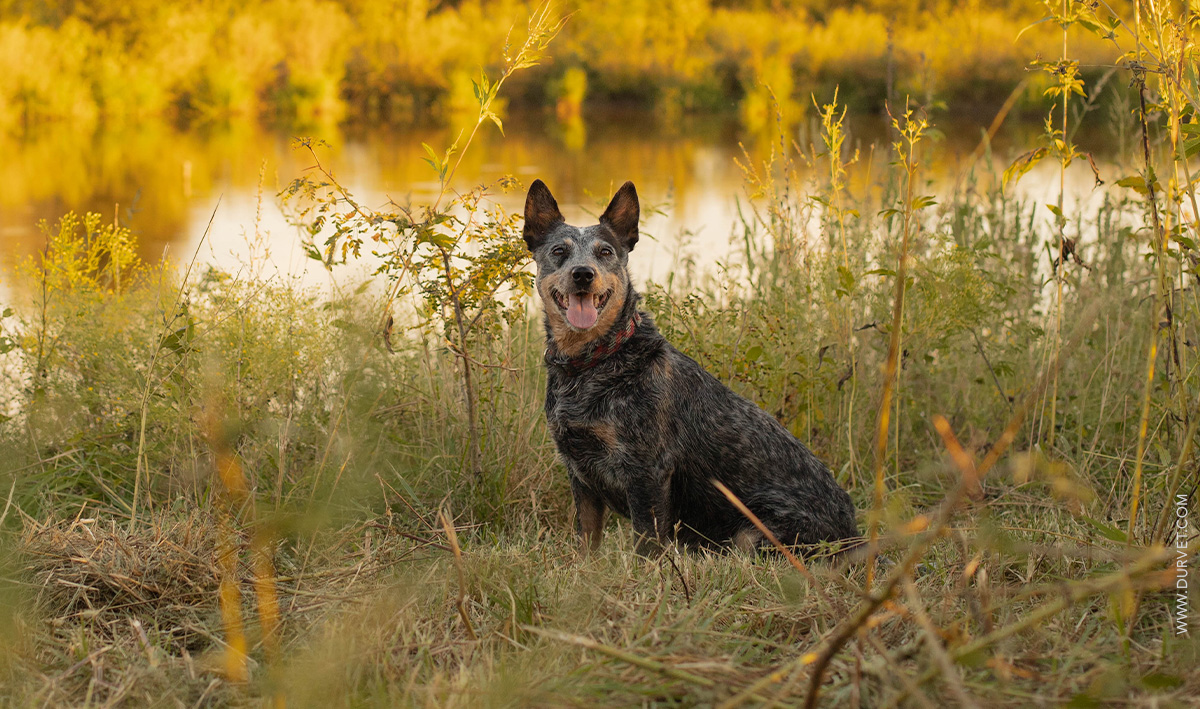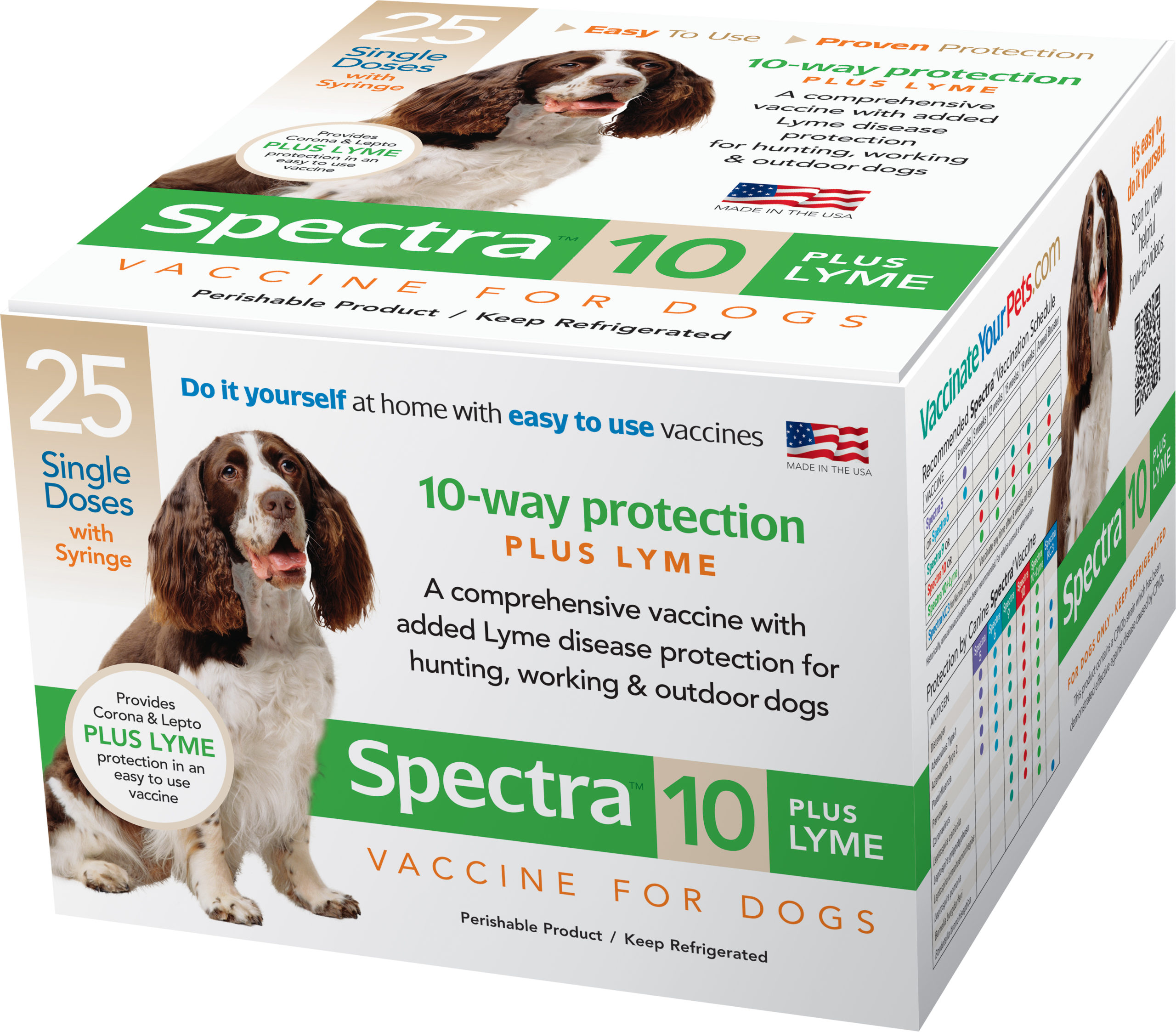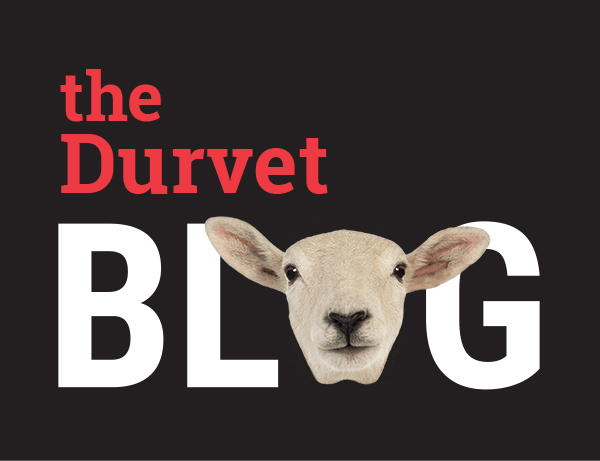
WHAT IS LEPTOSPIROSIS?
Leptospirosis is a zoonotic disease that can be transmitted from animals to humans. The disease is caused by a thin, motile, gram-negative spirochete of the genus Leptospira. Leptospira organisms are further classified into serogroups and serovars based on their various antigens, which serve as the basis for current Leptospirosis vaccine formulations.
Infections with Leptospirosis occur when the bacteria enter the body through mucous membranes or breaks in the skin, therefore, animals walking outside on moist ground or drinking from a creek or standing water can be exposed. Animals infected with Leptospirosis shed these organisms in their urine and into the environment. These Leptospires can live in warm, slow-moving water or contaminated soil for months. It was once thought that the only “at-risk” pets were hunting dogs or other canines that lived outside in rural environments due to their increased exposure to wildlife, ponds, rivers, lakes, or streams. However, it is now understood that all canine populations are at risk regardless of whether their living environment is urban, rural, semi-arid, or a more wet environment. Wildlife in urban and suburban environments, such as deer and rodents, are all potential carriers of Leptospirosis. Outbreaks have also been associated with dog daycares and kennel environments.
CLINICAL DISEASE IN ANIMALS
Once infected, it can take 7-10 days for any clinical signs to appear. Non-specific clinical signs include fever, lethargy, not eating, vomiting, increased thirst and urination. Leptospirosis can progress very rapidly affecting multiple organ systems such as acute kidney injury, acute liver injury, hemorrhages in the lungs, coagulation problems, and pregnancy loss. This disease progression is most often reported in animals with no history of vaccination against Leptospirosis. Survival rates for dogs with clinical disease is approximately 70%-85% if early diagnosis, isolation, and treatment occur.
PREVENTION
All at-risk dogs should be vaccinated against Leptospirosis. This includes dogs living in rural areas as well as those in urban environments that may be contaminated by wildlife or rodents. Additionally, dogs that are boarded at kennels or exposed to other dogs in group settings, such as dog parks or daycares, are also considered at risk. Vaccines available in North America to prevent Leptospirosis in dogs include the serovars Icterohaemorrhagiae, Canicola, Grippotyphosa, and Pomona. Although monovalent and bivalent vaccines for serogroups Icterohaemorrhagiae or Canicola are still available in areas of North America, they may not be adequate to protect against the serovars commonly found in various regions of North America. It is recommended that quadrivalent vaccines like Spectra 9, Spectra10, and Spectra10 plus Lyme, that contain all four serovars be given for the most effective protection against Leptospirosis.
VACCINATION SCHEDULE
Leptospirosis vaccines require two initial injections spaced four weeks apart. Vaccines should be given to all dogs starting at 12 weeks of age. Many boarding facilities and dog daycares require that Leptospirosis vaccines be given. When we vaccinate against Leptospirosis we not only protect our pets, we also protect our friends and family, and contribute to the health and safety of our communities.
Spectra 10 plus Lyme is a premium 10-way vaccine with Lepto protection plus Lyme.
RESOURCES & REFERENCES
Sykes JE, Francey T, Schuller S, Stoddard RA, Cowgill LD, Moore GE. Updated ACVIM consensus statement on leptospirosis in dogs. J Vet Intern Med. 2023;37:1966-1982. doi:10.1111 /jvim.16903. • Sykes, JE. (2023) Greene’s Infectious Diseases of the Dog and Cat (Fifth Ed.,pp.802-823). Elsevier, Inc. • Cohn, LA, Cote’, E (2020) Cote’s Clinical Veterinary Advisor: Dogs and Cats (Fourth Ed., pp. 583-585). Elsevier, Inc.

 BACK TO MAIN BLOG
BACK TO MAIN BLOG 

Comment